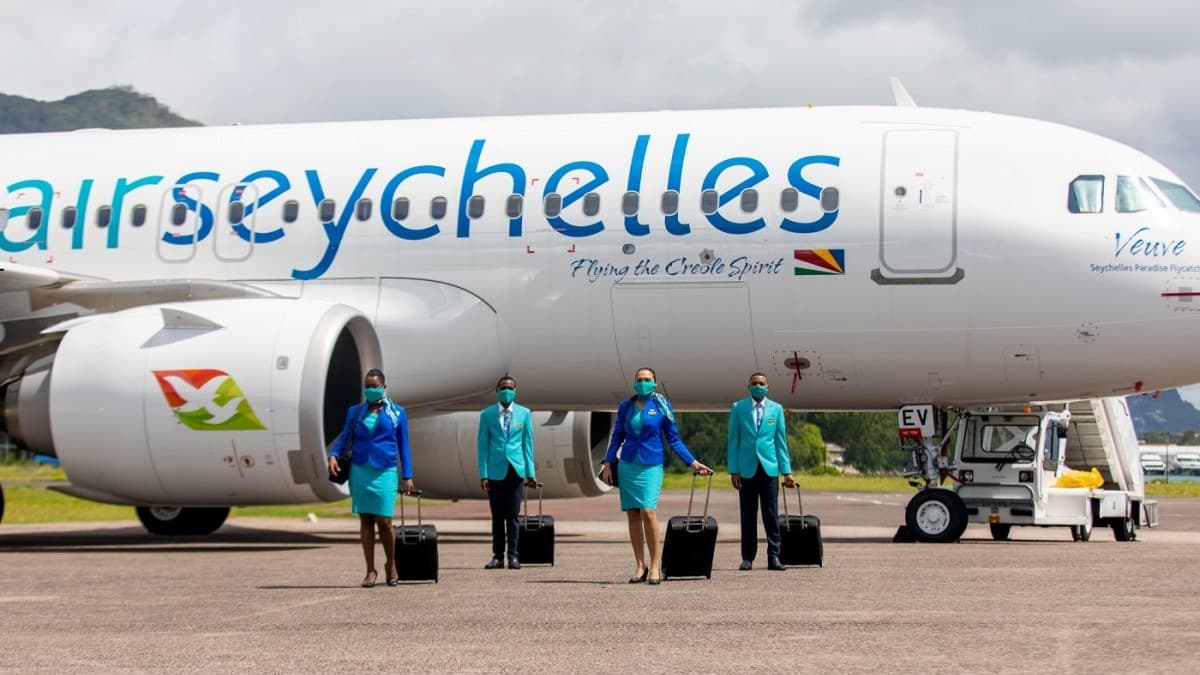In Summary
•The strong arrivals has been pegged on the visa openness which came with the introduction of the Electronic Tourist Authorization (eTA) at the beginning of the year.
•This, TRI acting chief executive David Gitonga yesterday said, has eased the visa application process, making it seamless for tourists.

Image: ALPHONCE GAR
Recovery in global tourism industry coupled with a strong marketing campaign saw Kenya record a 21.2 per cent jump in international arrivals in the year to June.
Foreign visitors in the half-year period totaled 1,027, 630, data by the Tourism Research Institute (TRI) shows, compared to the 847, 719 in the same period in 2023.
Even so, tourism sector earnings during the period dropped 7.1 per cent to Sh142.5 billion, compared to Sh153.4 billion recorded last year.
This reflects reduced spending by tourists in the wake of inflation which wiped out gains that came with the higher visitor numbers.
The strong arrivals has however been pegged on the visa openness following the introduction of the Electronic Tourist Authorization (eTA) at the beginning of the year.
This, TRI acting chief executive David Gitonga said has eased the visa application process, making it seamless.
“In addition, improvements in air connectivity through introduction of new routes and more frequencies by major airlines has led to growth,” Gitonga said.
June registered the highest number of visitors (192,343) or 19 per cent of the total arrivals . January and February also registered notable figures each at 18 per cent of the total visitors, or 181,527 and 183,645, respectively.
These numbers have surpassed pre-covid levels by 11 per cent where arrivals were 925,927 in January to June 2019.
The US continued to dominate as Kenya’s top international tourists source with 134,901 Americans visiting Kenya.
It was followed by Uganda (103,680), Tanzania (91,889), the UK (70,593), with India closing the top five list with 50,510 visitors to Kenya.
Holiday or leisure was the main purpose of visiting accounting for 44 per cent (454,639) of the total arrivals.
Those visiting friends and relatives totaled 246,437 (24%), while those that were in the country for business and Meetings, Incentives, Conferences and Exhibitions (MICE) totaled 247,684, which was 24 of the total arrivals.
A total of 48,121 were on transit, education (11,761), religion (7,355), medical (5,344) seeking employment (3,932), while 2,357 visited Kenya for sports.
The Jomo Kenyatta International Airport (JKIA) was the main entry point, registering 693,046 arrivals, followed by Moi International Airport (Mombasa) with 87,041 arrivals.
Other entry points with significant numbers were Busia (81,067), Namanga (60,46) and Malaba (22,851).
The half-year performance puts the country on course of hitting its 2024 target of surpassing the two-million mark.
“We are projecting to hit 2.45million this year. The second half of the year yields more due to peak season of wildebeest migration July to September and high season of November, December,” Gitonga told the Star.
Earnings are expected to hit Sh359.1 billion this year and then Sh396.1 billion next year.
Last year, total arrivals were 2,086,600, the Economic Survey 2024 indicates, with earnings of Sh353 billion.














